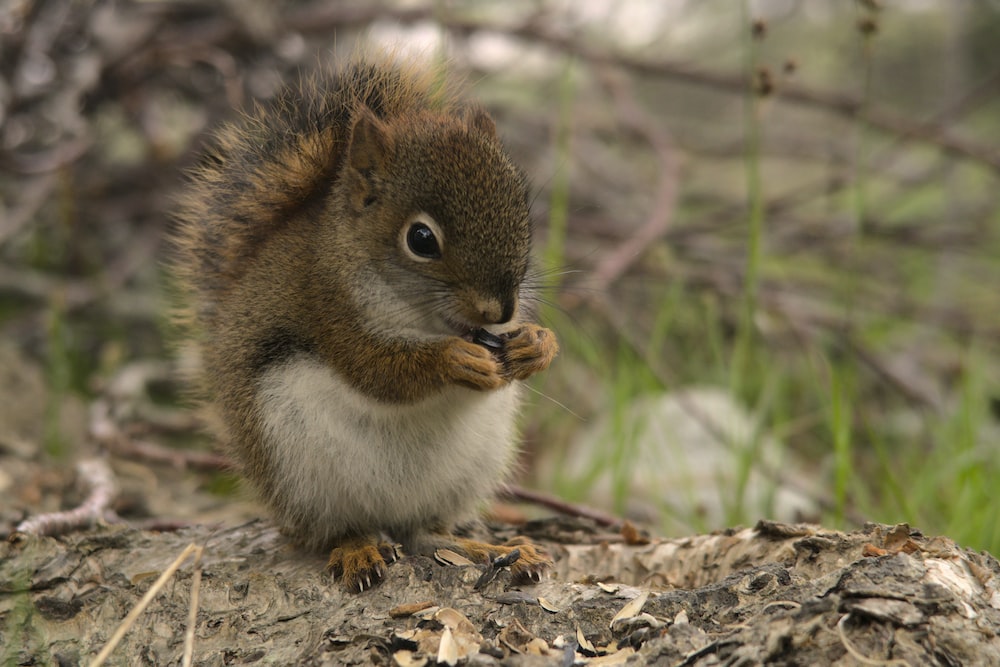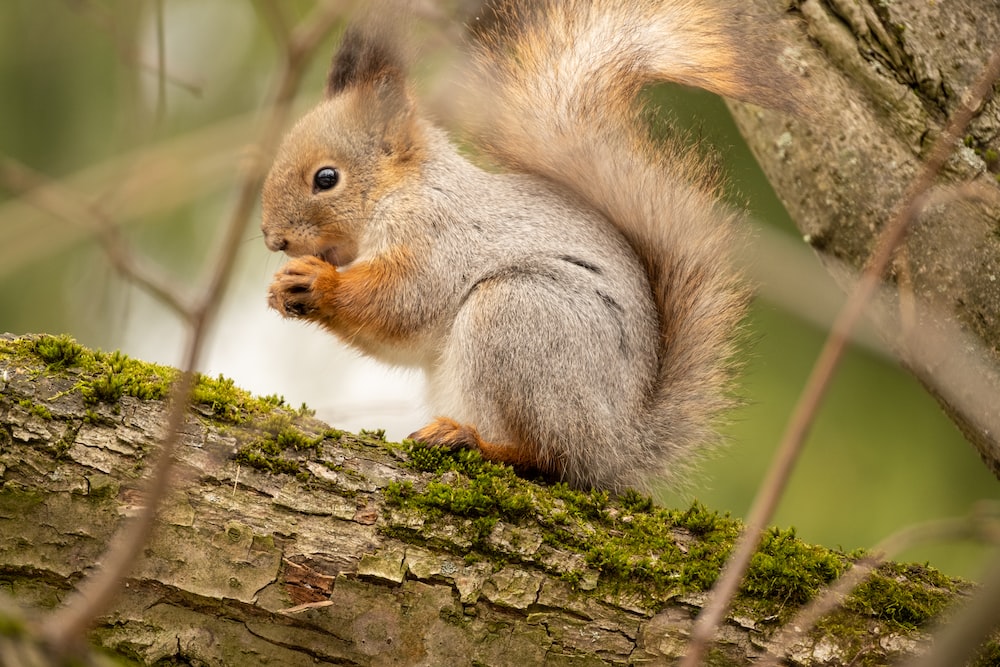Squirrels are small to medium-sized rodents that belong to the family Sciuridae. They are known for their bushy tails, sharp claws, and quick movements. Squirrels are found worldwide, with the exception of Australia and Antarctica. In this article, we will explore the anatomy of squirrels and how they move.

Anatomy of Squirrels
Squirrels have a compact and agile body that is well-suited for their arboreal lifestyle. Their anatomy includes the following:
Head and Skull: The head of a squirrel is relatively large and has a pointed snout. They have sharp teeth that are used for gnawing and biting. The skull of a squirrel is highly specialized for chewing, with large temporalis muscles that attach to the jaw.
Eyes: Squirrels have large, round eyes that are positioned on the sides of their head. This allows them to have a wide field of vision and detect predators from different angles.
Ears: Squirrels have prominent ears that are covered with fur. They are highly sensitive and can detect sounds from far distances.
Body: The body of a squirrel is slender and has a bushy tail that is used for balance and communication. Their fur is thick and can be a variety of colors, including brown, gray, and red.
Limbs: Squirrels have four limbs that are adapted for climbing and jumping. Their front legs are shorter than their hind legs and have sharp claws that allow them to grip onto surfaces. Their hind legs are longer and more powerful, enabling squirrels to jump long distances.
Feet: Squirrels have five toes on each foot, with the exception of the hind feet, which have four toes. The toes are equipped with sharp claws that can grip onto surfaces, allowing squirrels to climb trees and other structures.

How Squirrels Move
Squirrels are known for their acrobatic abilities and quick movements. They are primarily arboreal and spend most of their time in trees. Here are the different ways in which squirrels move:
Climbing: Squirrels are excellent climbers, thanks to their sharp claws and agile bodies. They can climb up and down trees, walls, and other structures with ease. Their claws can grip onto different surfaces, allowing them to climb vertical and horizontal surfaces.
Jumping: Squirrels are also great jumpers. They use their long hind legs to propel themselves into the air and their bushy tails to maintain balance. Squirrels can jump up to 10 times their body length, making them one of the most agile animals in the world.
Running: Squirrels are fast runners and can run up to 24 kilometers per hour. They use their strong hind legs to push off the ground and their tails for balance. Squirrels can run along branches and tree trunks, making them difficult to catch.
Gliding: Some squirrels are capable of gliding through the air, using flaps of skin called patagia that stretch from their wrists to their ankles. These flaps allow squirrels to glide from tree to tree without having to climb down and up again. Gliding squirrels can cover distances of up to 90 meters.

In summary, squirrels are small to medium-sized rodents that are well-adapted to their arboreal lifestyle. Their anatomy includes a compact and agile body with sharp claws and a bushy tail. Squirrels move in different ways, including climbing, jumping, running, and gliding. Their acrobatic abilities and quick movements make them a fascinating animal to observe in the wild.